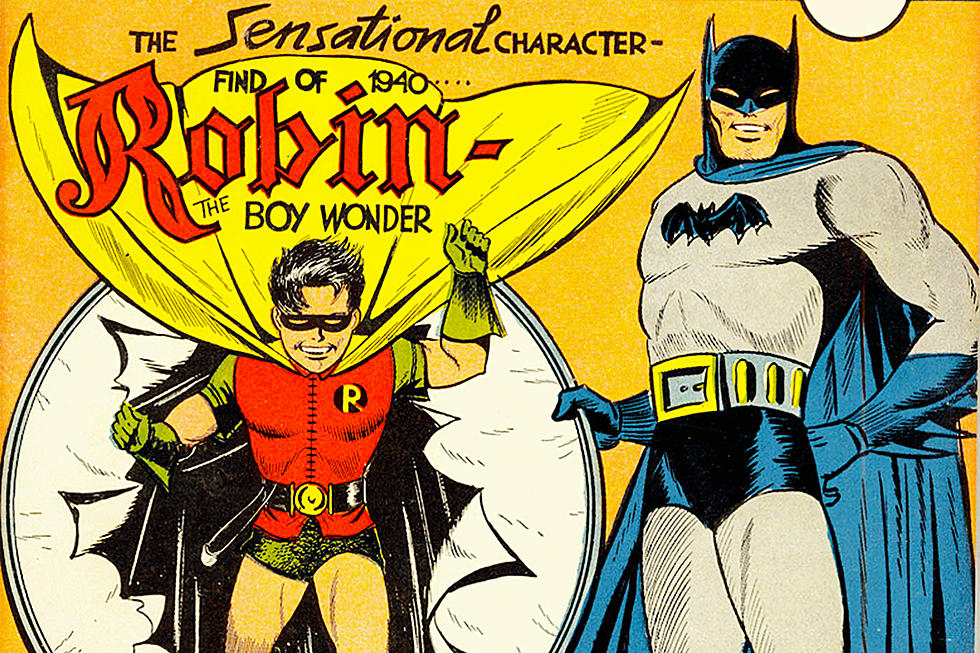Back when The Mermaid’s Tale came out, I was attending a Sci Fi Convention called CanCon in Ottawa, Ontario.
Interesting story there. One day, I get an email from Lorina, my publisher, asking about the book launch for The Mermaid’s Tale. I replied back, that it sounded like a terrific idea, I was all for it. Then I learned there was actually a book launch scheduled at a convention called When World’s Collide in Alberta. Terrific! But then I found that When World’s Collide was sold out, both the convention and the hotels. I missed my own book launch. Kind of ironic, or something.
So I thought what the hell, and went to CanCon. It was nice. The problem for me is that I don’t attend these things regularly enough to be able to take full advantage of them.
If I have any advice for young writers, it’s this: Go to conventions regularly. You don’t have to go to all of them, but pick a few, and go a few years in succession. The first time at a particular convention you’re just getting the lay of the land. I think it’s the second or third time, maybe even fourth, that you can actually take advantage of the potential opportunities. Hell, if you go there three or four years in a row, then you may just keep on for the hell of it.
The first year, it’s up and down. You go to panels, you sign up for things, you say hello to random strangers. It’s all hit and miss
So anyway, at CanCon, I attended an absolutely terrible panel on Lovecraft and Racism.
How terrible was it?
Let me put it this way: One of the panellists, in the minutes before the panel actually started, had to google Lovecraft on her phone. Well, that’s a good sign. That’s preparation.








